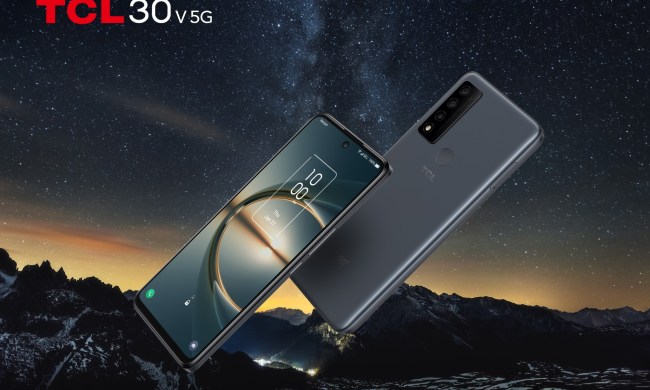As is so often the case with technology, just as you’re getting used to 4G LTE networking on your phone there’s new 5G network technology on its way. The new 5G networks, which all four major U.S. carriers are supporting, will bring faster theoretical speeds up to five gigabits per second and real-world speeds approaching hundreds of gigabits per second. On Thursday, February 22, Intel announced its own 5G modem to PCs to enable incredibly fast computing on the go.
Specifically, Intel announced that it is working with Dell, HP, Lenovo, and Microsoft on notebook PCs that will build on the Intel XMM 8000 series of 5G modems. Carrier networks are not likely to be fully implemented until 2020, and these PCs should hit the market just prior to that in late 2019. Once they arrive, PC users will have access to incredibly fast networking that is more likely to maintain speeds in congested areas, while making the “always connected” PC an even more compelling concept.
If you’re attending Mobile World Congress (MWC) in Barcelona, Spain starting on Monday, February 26, then you will be among the first to see an early prototype detachable 2-in-1 with the 5G modem installed. The machine will utilize an eighth-generation Intel Core i5 processor and will be aimed at highlighting the performance improvements that 5G technology will bring to PCs, such as untethered virtual reality anywhere a user might go.
Intel isn’t alone in pushing 5G technology as Qualcomm and a host of companies are looking to put out 5G smartphones within the same timeframe. The difference is that Intel is naturally focusing on the PC and is bringing a few other technologies that will enhance the 5G rollout on that platform. For example, the company will be showing off the next major iteration of Wi-Fi, 802.11ax, which enhances manageability and network efficiency, along with eSIM functionality that will allow PCs to access carrier networks without a physical SIM card.
If you’re attending MWC 2018, you definitely want to stop by Intel’s booth to check out their 5G technologies. Otherwise, just stop by Digital Trends for all of the up-to-date information on this compelling new network.


